Apr 02, 2025

Pulse solenoid valves are vital components in various industrial systems, particularly in applications where precise fluid control is necessary.
These valves are commonly used in systems like dust collection, pneumatic control, and irrigation systems. This article explores the function,
operating principle, types, advantages, applications, and selection criteria of pulse solenoid valves.
A pulse solenoid valve is designed to control the flow of gases or liquids by utilizing an electromagnetic coil that opens or closes the valve’s mechanism in response to electrical pulses.
The primary function of these valves is to create a precise burst (or pulse) of flow to achieve specific operational requirements,
such as cleaning dust filters in industrial settings or controlling the flow of compressed air in pneumatic systems.
Pulse solenoid valves are commonly used for short-duration operations, such as injecting air into dust collector bags or other similar tasks, where a quick burst of fluid or air is required.
The operating principle of a pulse solenoid valve is simple but efficient. It consists of an electromagnetic solenoid, a diaphragm, and a valve body.
When an electrical current is applied to the solenoid, the electromagnetic force pulls the diaphragm up or down, allowing or blocking the flow of gas or liquid.
The operation is characterized by an on/off mechanism, where the solenoid valve rapidly opens and closes in response to electrical pulses.
These rapid bursts of opening and closing create the "pulse" of fluid or gas flow required for the specific application. In some systems, the pulse duration can be adjusted to control the amount of fluid released.
Key aspects of its operation:
Electromagnetic Actuation: The solenoid generates a magnetic field that moves the diaphragm to control fluid flow.
Rapid Response: Pulse valves are designed for high-speed operation to enable quick bursts of fluid or gas.
Sealing Mechanism: The diaphragm ensures a tight seal when closed, preventing leaks and ensuring precise control over fluid dynamics.
Pulse solenoid valves come in various configurations, each tailored to specific operational needs. The most common types include:
Direct-acting Pulse Valve:
The solenoid directly controls the diaphragm without requiring additional pressure or force from external sources.
These valves are ideal for low-flow applications where a quick, precise pulse of fluid or gas is necessary.
Pilot-operated Pulse Valve:
Uses a pilot solenoid to control the opening and closing of a larger valve mechanism.
This type is often used in high-pressure systems where a greater force is required to operate the valve.
Normally Open (NO) Pulse Valve:
The valve is normally open when no power is applied, and it closes when the solenoid is energized.
These valves are ideal for applications where fluid flow needs to be interrupted quickly when activated.
Normally Closed (NC) Pulse Valve:
The valve is normally closed when no power is applied, and it opens when the solenoid is energized.
This is the most common configuration used for applications where flow needs to be precisely controlled or pulsed on-demand.
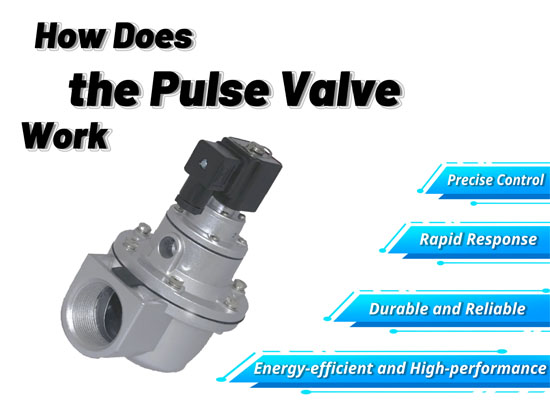
Pulse solenoid valves offer several benefits that make them an excellent choice for specific applications:
Precision and Control: Pulse valves allow for precise control over fluid or gas flow, delivering exact amounts of air or liquid in short bursts.
This is especially crucial for applications like dust collection or pneumatic control.
Fast Response Time: Pulse valves respond quickly to electrical pulses, making them ideal for applications that require fast, intermittent bursts of fluid or air.
Energy Efficiency: Due to their rapid opening and closing cycles, pulse solenoid valves can operate efficiently with minimal energy consumption, reducing operating costs over time.
Reduced Wear and Tear: The on/off operation of pulse valves means they typically experience less wear compared to continuous flow valves.
The diaphragm and other components last longer, providing reliability in long-term operations.
Versatility: Pulse solenoid valves are highly versatile and can be used in a wide range of applications, from pneumatic systems to fluid control in harsh industrial environments.
Pulse solenoid valves are used in various industries and applications, including:
Dust Collection Systems:
Pulse valves are frequently used in dust collectors to blow air into filter bags, cleaning the filters by releasing bursts of compressed air.
Pneumatic Systems:
They are employed in pneumatic circuits where quick, precise bursts of air are required to move actuators, control pressure, or clean equipment.
Water Treatment and Irrigation:
Pulse valves can be used to regulate water flow in irrigation systems, ensuring precise and controlled application of water.
Automated Manufacturing Systems:
Pulse solenoid valves are used to control the operation of pneumatic machinery and control systems in automated factories.
Food and Beverage Industry:
Pulse valves are sometimes used in applications like dispensing air or liquids for bottling and packaging processes.
Choosing the right pulse solenoid valve for your application requires considering several key factors:
Flow Requirements:
Determine the required flow rate and pressure for your application. Some pulse valves are better suited for high-flow systems, while others work best in low-flow or precise control scenarios.
Valve Type:
Choose between direct-acting or pilot-operated valves based on your system's pressure and control requirements.
Material Compatibility:
Ensure that the materials used in the valve are compatible with the fluid or gas being controlled. Common materials include brass, stainless steel, and plastic, depending on the application.
Operating Pressure Range:
Consider the pressure requirements of your system. Some valves are designed for high-pressure systems, while others are more suitable for lower-pressure environments.
Response Time:
The speed of the pulse valve’s response can be crucial, particularly in high-speed or high-precision applications. Check the valve's cycle time and response to electrical pulses.
Environmental Factors:
If the valve will be exposed to harsh environments (extreme temperatures, chemicals, etc.), make sure to choose a valve designed for such conditions.
Pulse solenoid valves are an indispensable component in many industrial and commercial applications that require precise control of fluid or gas flow in bursts.
Their rapid response time, energy efficiency, and ability to provide high levels of precision make them ideal for applications like dust collection, pneumatic systems, and irrigation.
As a professional valve manufacturer with over a decade of expertise, Fokca leverages strong and production capabilities to provide a full range of custom valve solutions.
Our product portfolio covers Angle Seat Valves, Globe Control Valves, Axial Valves, Ball Valves, Diaphragm Valves, Air Solenoid Valves, Check Valves, and dozens of other categories.
We support deep customization, including special materials, non-standard sizes, and intelligent control module integration.
Our products are certified by API, ISO, and DIN, ensuring compliance with the rigorous requirements of industries such as oil & gas, chemical processing, power generation, and metallurgy.
They also meet regulatory standards across the EU, North America, and the Middle East.
Embracing IoT technology, we have developed smart monitoring valves that enable remote fault diagnostics and predictive maintenance,
helping our customers reduce costs and improve efficiency.
With the mission of "Made in China, Serving the World," we have established long-term partnerships in over 30 countries.
Fokca – Powering Global Industry Through Valve Innovation!
Website/Contact:www.fokca.com / www.fokcavalve.com
You May Interest In
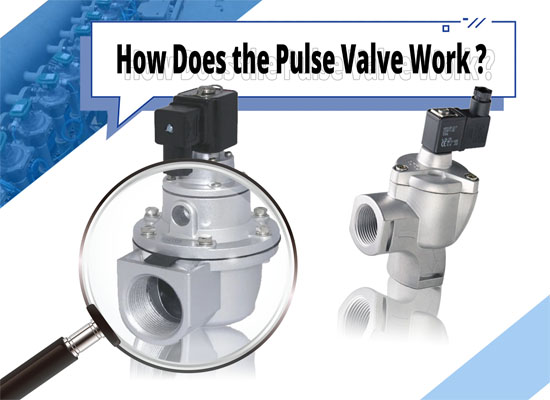
Apr 02, 2025 Blog
How Does the Pulse Valve Work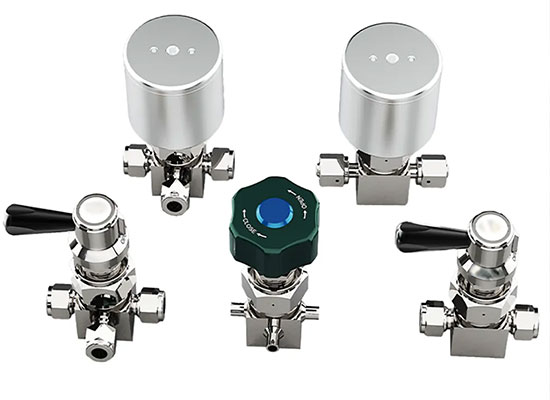
Mar 25, 2025 Blog
Atomic layer deposition (ALD) valves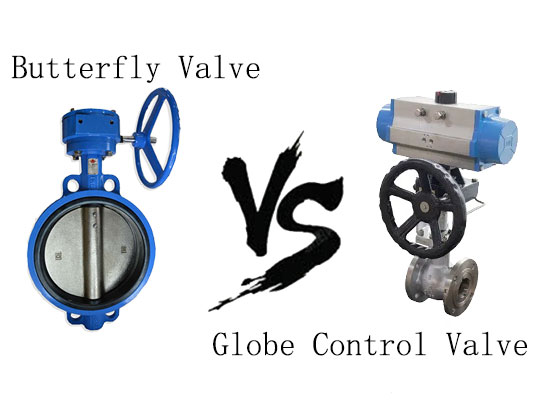
Mar 20, 2025 Blog
Butterfly Valve vs Pneumatic Globe Control Valve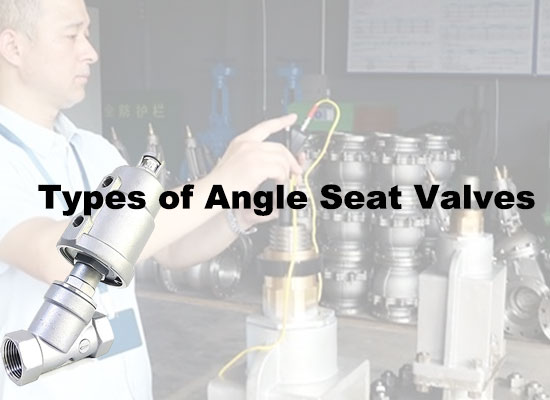
Mar 14, 2025 Blog
Types of Angle Seat Valves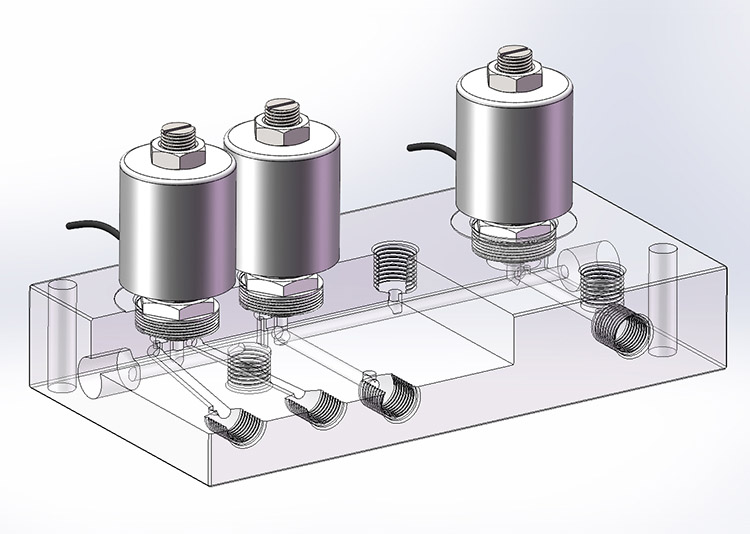
Mar 10, 2025 Blog
How does Fokca Customize Manifolds for Customers?
Mar 06, 2025 Blog
Pneumatic Globe Control Valve: An Overview
Mar 01, 2025 Blog
Pneumatic Angle Seat Valve Selection Criteria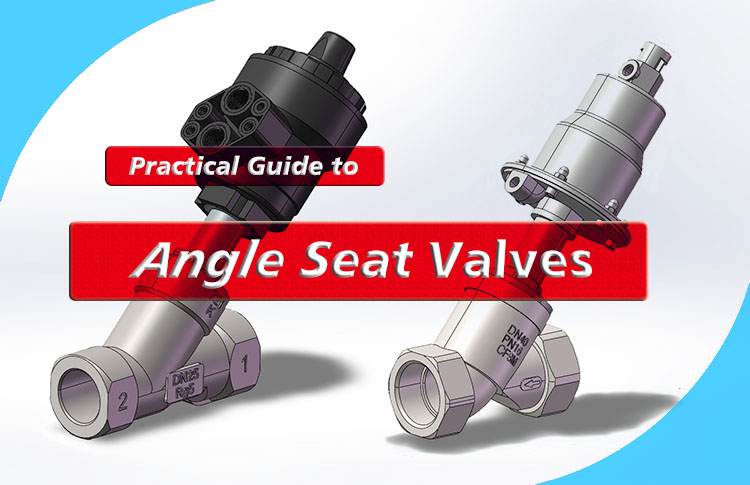
Feb 19, 2025 Blog
Practical Guide to Angle Seat ValvesFOKCA ©1998-2025 All Rights Reserved Sitemap